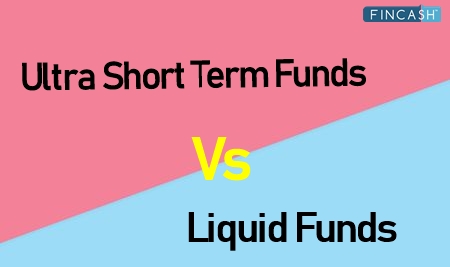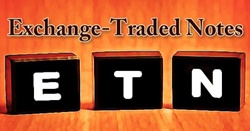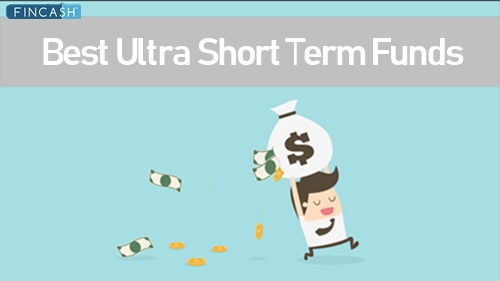
Table of Contents
Ultra Exchange Traded Fund (ETF)
The Ultra ETF is one of the classifications of exchange-traded funds. It engages with the leverage to amplify the return of the set benchmark. The ultra ETF came into consideration in 2006, and since then, it is growing exponentially.

Since the time of establishment, it has included different ETFs with Underlying benchmarks, such as broad Market indexes and more. The concept of ultra ETF is similar to that of common ETFs. It takes a much larger position with small Capital.
You can bridge the gap either by borrowing or by making the equivalent positions in the future. For example, you can now buy a number of Nifty Futures with a margin of 20%. That will be equivalent to the 5 times the leverage you are going to get.
Uses of Ultra ETF
The Ultra ETF is used in financial derivatives and debts to increase the price of a certain movement by Offering double the price or sometimes triple or more of a given underlying index. Ultra ETFs are beneficial for tactical investors, especially those who are short in capital or allocation space.
Thus, if they invest 10% of their Portfolio into an ultra ETF, they’ll gain closer to 20% exposure just because of leverage return. A lesser-known fact about Ultra ETF is that it is a small portion of the total ETF universe which is approximately Rs. 3588 billion.
It also lets investors amplify the amount when shorting, betting against an underlying index. Ultra ETFs are the performances of Asset Class or benchmark index. It also comes with various pros and cons as any other ETF.
Investing in Ultra ETF is not child play. For professional investors, Ultra ETFs are useful in short-term tactical strategies and for use as short-term hedges due to high risk. For an individual, Ultra ETFs are tempting because of the potential for higher returns.
Talk to our investment specialist
All efforts have been made to ensure the information provided here is accurate. However, no guarantees are made regarding correctness of data. Please verify with scheme information document before making any investment.












